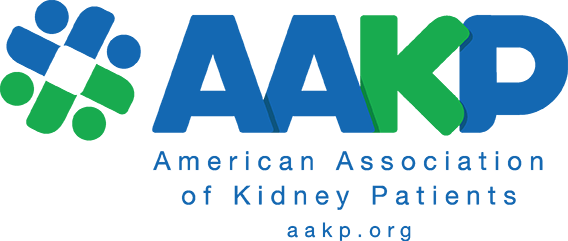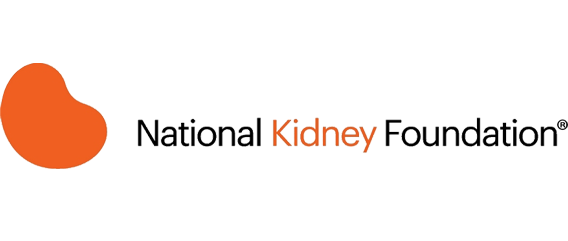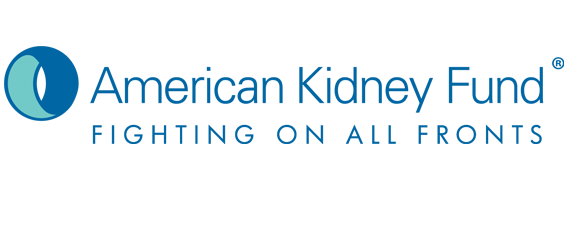Patients Are at the Forefront of Everything We Do
With a vision of creating a healthier tomorrow, we are steadfast in our approach to translating novel biologic insights into targeted therapies for patients who have few to no treatment options.
We are driven to advance patient care with targeted, first-in-class, novel mechanism therapies that address significant unmet medical needs.
About Our Diseases of Focus
Our Clinical Trials
A 12-week, randomized, double-blind, placebo-controlled, Phase 3 study to assess the safety and efficacy of tenapanor for the treatment of irritable bowel syndrome with constipation (IBS-C) in pediatric patients 12 to less than 18 years old.
ClinicalTrials.gov ID NCT05643534
Status: Recruiting
This is an open label study to investigate PK of tenapanor and AZ13792925 in breast milk of lactating female subjects.
ClinicalTrials.gov ID NCT06203444
Status: Recruiting
What is CKD?
Chronic kidney disease (CKD) is the progressive deterioration of kidney function that can occur over time. The kidneys’ main job is to filter excess water and waste out of blood via urine. To keep the body working properly, the kidneys balance salts and minerals—such as calcium, phosphorus, sodium, and potassium—that circulate in the blood. Kidneys also make hormones that help control blood pressure, make red blood cells, and keep bones strong.
If deterioration of the kidneys continues, the disease will likely cause significant cardiovascular morbidity, and can progress to kidney failure.
Current management of kidney failure includes hemodialysis and peritoneal dialysis as a means to filter toxins from the blood once the kidneys have failed. Without dialysis or transplant, kidney failure results in the accumulation of waste products that may ultimately cause death. Hemodialysis, the most common form of dialysis, generally requires a patient to visit a dialysis center at least three times per week for a minimum three-hour session, significantly impacting quality of life.
There are currently estimated to be more than 35 million people in the U.S. suffering from chronic kidney disease, more than 550,000 of whom are treated with dialysis.
What is Hyperphosphatemia?
Hyperphosphatemia, a nearly universal condition in the more than 550,000 patients in the U.S. with CKD on dialysis, is an electrolyte disorder in which there is an elevated level of phosphate in the blood.
While dialysis is the basis for homeostatic electrolyte management, dialysis regimens are unable to successfully remove excess phosphate in order to achieve a neutral phosphate balance. As a result, approximately 80% of patients with CKD on dialysis require phosphate-lowering therapy on top of restrictive, low phosphorus diets.
Management of hyperphosphatemia has been a long-time challenge. While the 2017 Kidney Disease Improving Global Outcomes (KDIGO) clinical practice guidelines recommend lowering elevated phosphate levels toward the normal range (2.5-4.5 mg/dL or 0.81-1.45mmol/L), due to the difficulties in managing phosphorus, most clinicians target phosphorus levels between 3.5-5.5 mg/dL (1.13-1.78 mmol/L), based on the 2003 Kidney Disease Outcomes Quality Initiative (KDOQI) clinical practice guidelines.
What is Hyperkalemia?
Hyperkalemia is a potentially life-threatening condition in which blood levels of potassium are elevated above normal. Potassium is a nutrient that is critical to the normal function of nerve and muscle cells, including those in the heart. Normal potassium blood levels are tightly balanced and maintained primarily by the kidneys. For people with chronic kidney disease (CKD), heart failure and diabetes, and particularly those also taking renin-angiotensin-aldosterone system (RAAS) inhibitors, there is a greater risk of developing hyperkalemia due to the kidneys' reduced ability to keep potassium in balance.
Several published guidelines have suggested that physicians should reduce, and possibly discontinue, RAAS inhibition when hyperkalemia develops in order to manage the risk of elevated potassium in CKD and heart failure patients. The alternative medications used to control hypertension, including diuretics and calcium channel blockers, are less effective than RAAS inhibitors, particularly in patients with failing kidneys and severe hypertension.
What is Metabolic Acidosis?
Metabolic Acidosis is a condition which occurs in CKD patients who are unable to maintain normal acid-base homeostasis. As kidney function declines, the capacity of the kidneys to excrete the daily acid load is impaired, resulting in acid retention.
The condition of metabolic acidosis is associated with CKD disease progression, bone demineralization, skeletal muscle catabolism, and mortality.
There are currently no approved treatments for metabolic acidosis, and nephrologists attempt to control the condition by giving patients large quantities of oral alkali salts that can lead to increased sodium load and fluid retention.
What is IBS-C?
Irritable bowel syndrome with constipation (IBS-C) is a gastrointestinal disorder characterized by abdominal pain and constipation, that significantly impacts the health and quality of life of affected patients. IBS-C is a common condition with a multi-factorial pathophysiology. There are currently no specific tests or biomarkers for diagnosis of IBS-C. Therefore, IBS-C is diagnosed by symptoms and by eliminating other disorders.
It is estimated that there are up to 13 million in the U.S. with IBS-C, depending on the diagnostic criteria employed.












